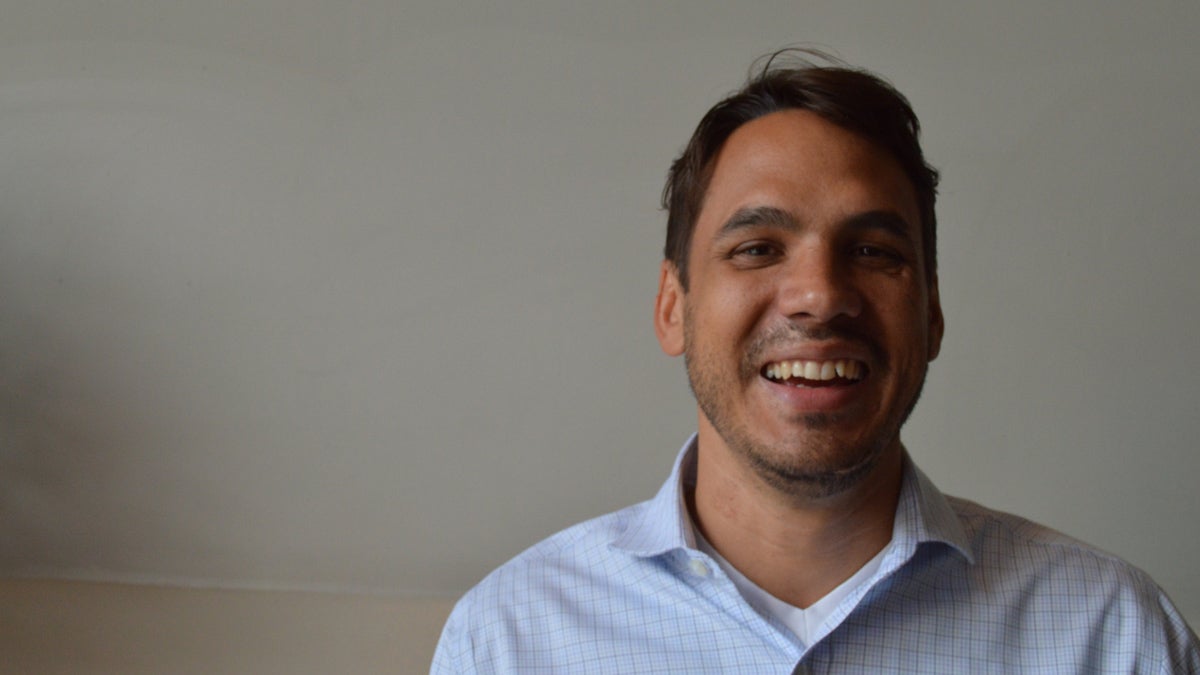How one family is advancing diabetes innovation
Listen
Self-care is part of diabetes management. “It may sound funny
More than 29 million people in the country have diabetes. With a market that big, why aren’t more people focusing on medical innovations in diabetes?
That’s the question that was asked at a 2013 conference at Stanford University, and that spawned the hashtag #wearenotwaiting. The idea is that people would begin to take diabetes care into their own hands, instead of waiting for device manufacturers and regulators to intervene. Some people are taking that message more seriously than others — like Bryan Mazlish, the chief technology officer of Bigfoot Biomedical.
Mazlish’s wife, Sarah Kimball, and his son, Sam, both have type 1 diabetes. Sarah, a pediatrician, had learned to manage her diabetes adequately on her own. But when their son Sam was diagnosed at age five, Bryan got involved. He wanted to know everything there was to know about diabetes. He realized that much of the technology for diabetes was old and outdated, and set out to use his background in quantative finance to change that.
First, he figured out a way to connect Sam’s continuous glucose monitor to the cloud, so he could monitor him no matter where he was. Then he created algorithms that could predict glucose trends. Then he used that algorithm to alert him before Sam’s levels might be dangerous.
And finally, Bryan came up with a way to connect the predictive algorithm to the pump, so that it could run on autopilot.
Sarah tried the device out, relinquishing her control to the machine. The results, she told us, were astonishing.
Listen to the full interview with Sarah and Bryan above.
WHYY is your source for fact-based, in-depth journalism and information. As a nonprofit organization, we rely on financial support from readers like you. Please give today.



